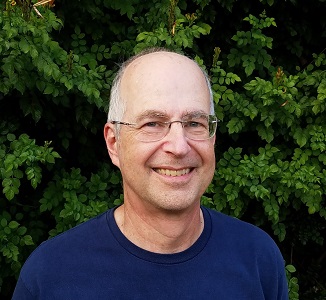Spaceborne Radar for Cloud and Precipitation Measurements
Spaceborne radar for cloud and precipitation measurements
S. L. Durden
Jet Propulsion Laboratory, California Institute of Technology
Abstract:
Radar has been used to observe weather since weather targets were inadvertently observed by military radars since the 1940s. Since then, dedicated, ground-based and airborne weather radars have been used to provide information on various weather systems, with applications to meteorological research and to operational weather warnings and aviation. More recently, there have been several spaceborne weather radars that are dedicated to precipitation and cloud research. This presentation will touch on the history of radar observations of weather and then focus on spaceborne measurements. Along the way, we will provide some tutorial information on the design of these radars, which operate near nadir and at relatively high frequencies, generally different from ground-based weather radars. Starting from scattering from precipitation and the weather radar equation, the rationale for these choices will be discussed, along with other high-level design choices. Previous and ongoing spaceborne cloud and precipitation radars will be discussed. We will then present some future needs and possible concepts for addressing these needs.
Date and Time
Location
Hosts
Registration
-
 Add Event to Calendar
Add Event to Calendar
Loading virtual attendance info...
- Contact Event Host
-
rsingh@chapman.edu
- Co-sponsored by Ramesh Singh
Speakers
 S. L. Durden of Jet Propulsion Laboratory, California Institute of Technology
S. L. Durden of Jet Propulsion Laboratory, California Institute of Technology
Topic:
Spaceborne Radar for Cloud and Precipitation Measurements
Biography:
Stephen L. Durden received the B.S. degree in electrical engineering and applied mathematics from Rice University and the M.S. and Ph.D. degrees in electrical engineering from Stanford University. Since coming to JPL in 1986, he has worked on a variety of airborne and spaceborne radars, including scatterometers, synthetic aperture radars, and atmospheric radars. Most recently, he has been working on the NASA-ISRO Synthetic Aperture Radar. He has also performed calculations of electromagnetic scattering from land, ocean and atmosphere, analysis of radar data, and studies of tropical cyclones. He has spent many hours flying on instrumented NASA aircraft, primarily using radar to study the atmosphere. He is author or co-author of over 90 journal publications and numerous conference publications and is an IEEE Fellow.

